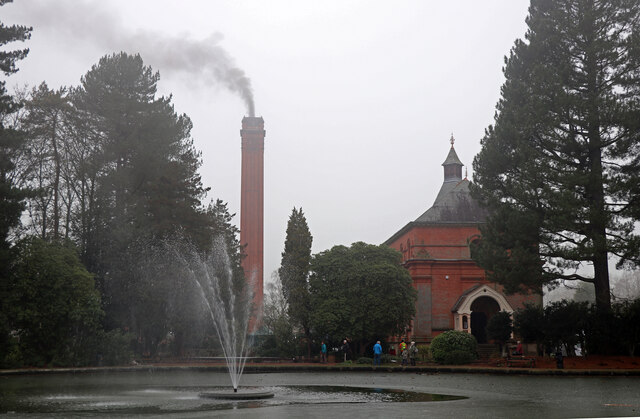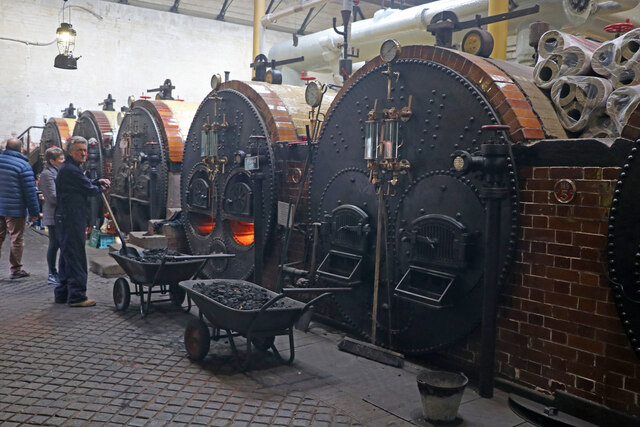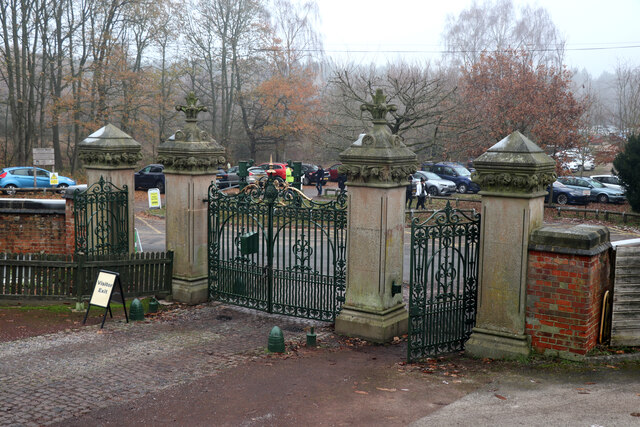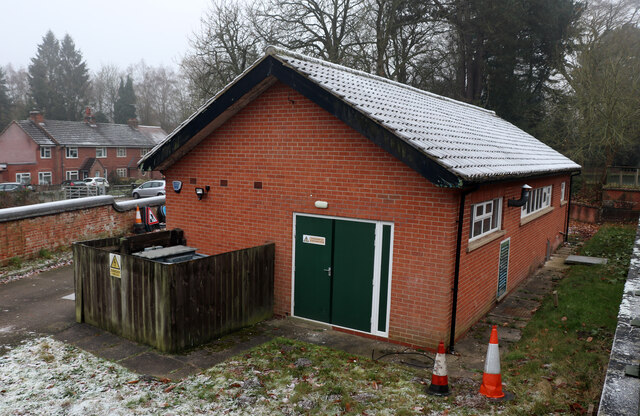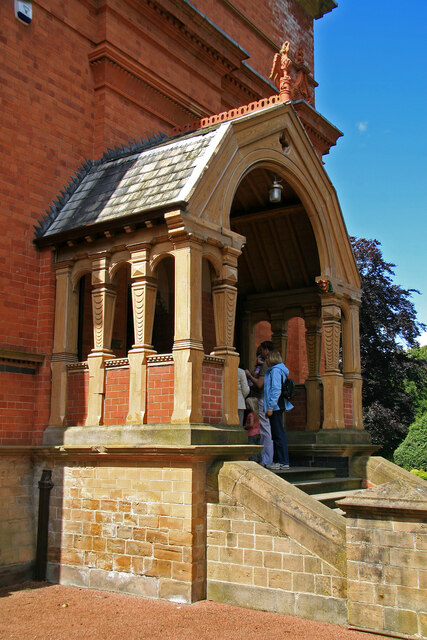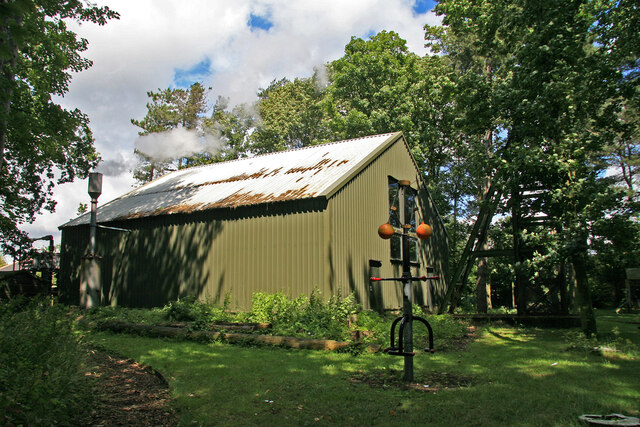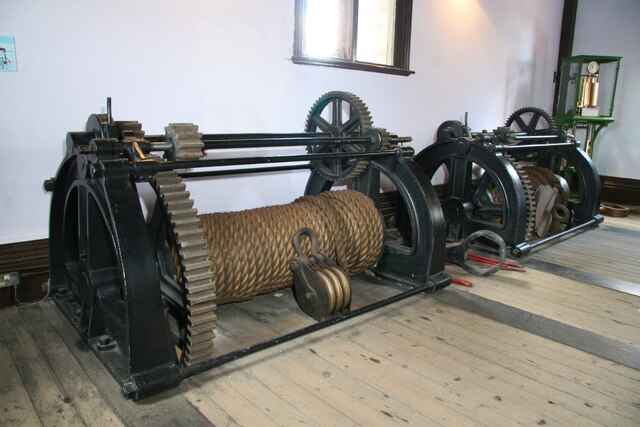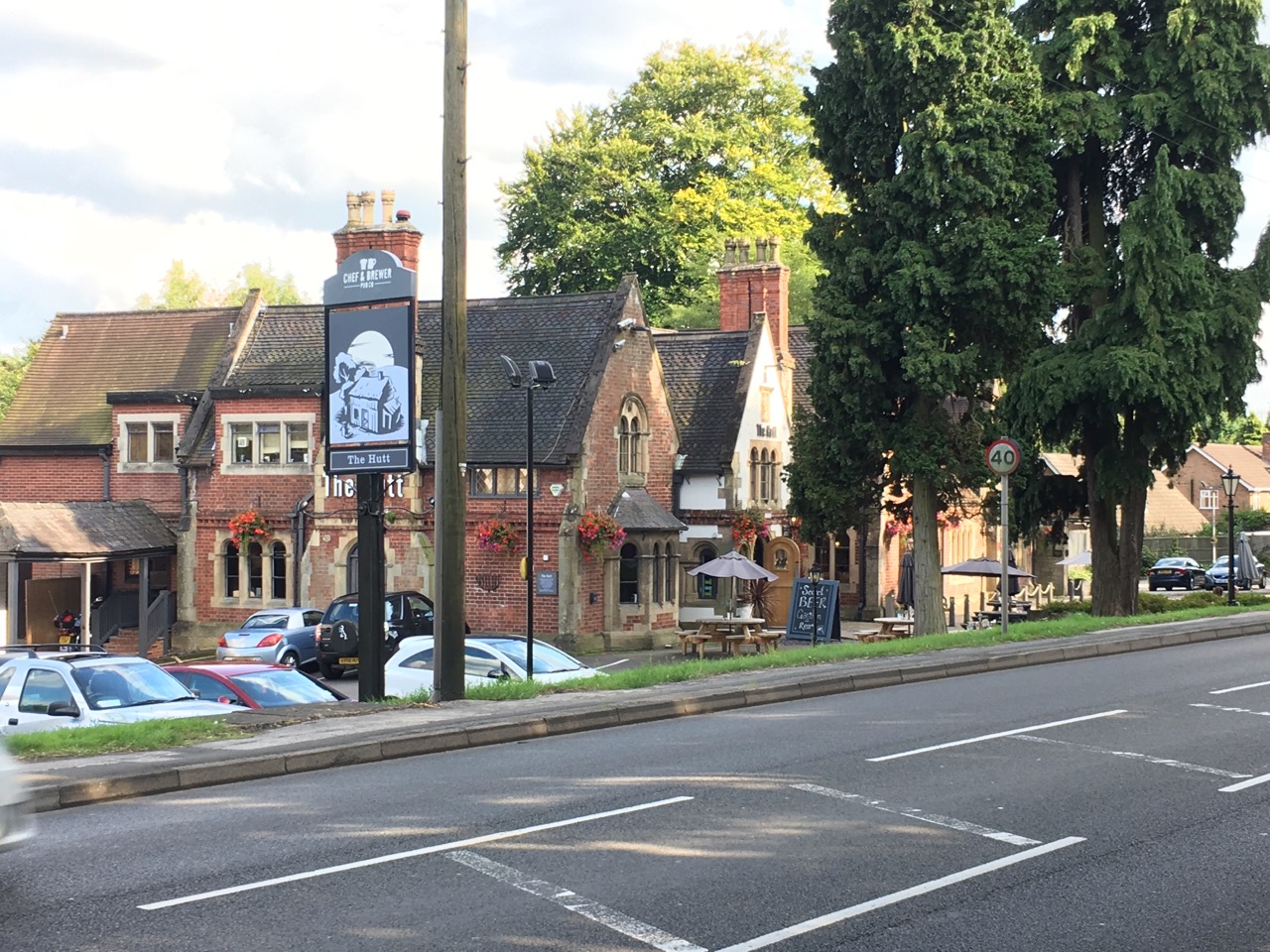Blidworth Dale
Settlement in Nottinghamshire Gedling
England
Blidworth Dale
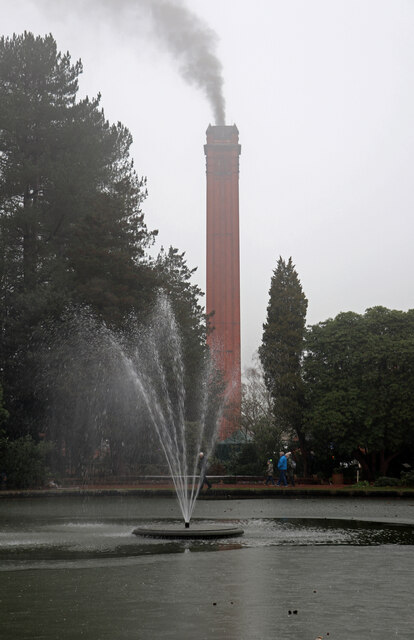
Blidworth Dale is a picturesque valley located in the county of Nottinghamshire, England. It is situated approximately 12 miles north of the city of Nottingham and is a popular destination for nature enthusiasts and hikers.
The dale is characterized by its rolling hills, lush green meadows, and dense woodland, making it a haven for wildlife. It is home to a variety of bird species including jays, woodpeckers, and buzzards. The area is also inhabited by small mammals such as rabbits, foxes, and badgers.
Blidworth Dale is intersected by the River Meden, which meanders through the valley, adding to its beauty. The river provides a tranquil setting for visitors to enjoy fishing or simply relax by its banks.
The dale is known for its extensive network of walking trails, offering visitors the opportunity to explore its natural beauty. The paths wind through the woodlands, providing breathtaking views of the surrounding countryside. The area's diverse flora and fauna make it a popular spot for nature photography as well.
The village of Blidworth, located near the dale, offers amenities such as cafes, pubs, and a visitor center, providing information about the local history and attractions.
Blidworth Dale is a true gem of Nottinghamshire, offering a peaceful retreat away from the hustle and bustle of city life. Its natural beauty, diverse wildlife, and well-maintained trails make it an ideal destination for outdoor enthusiasts and nature lovers.
If you have any feedback on the listing, please let us know in the comments section below.
Blidworth Dale Images
Images are sourced within 2km of 53.071203/-1.1507209 or Grid Reference SK5753. Thanks to Geograph Open Source API. All images are credited.
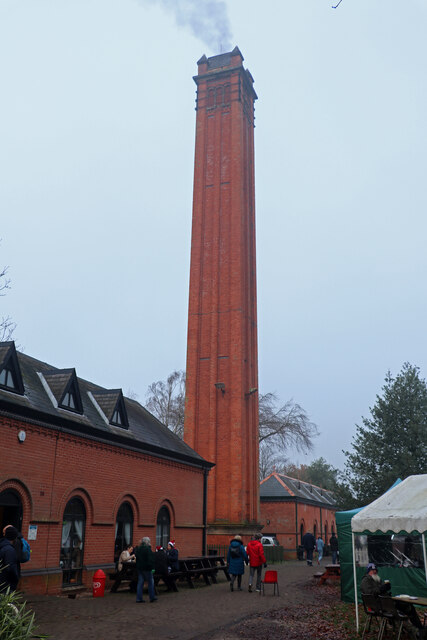
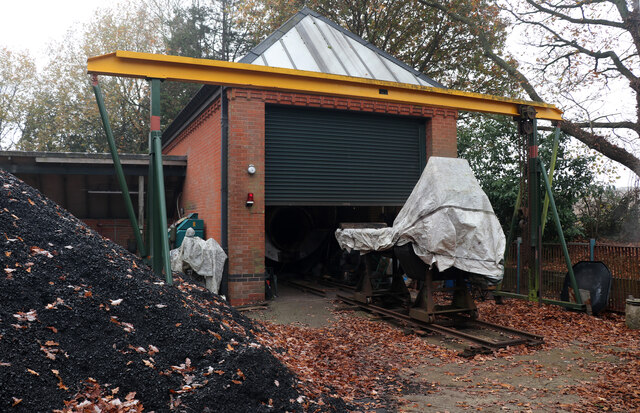
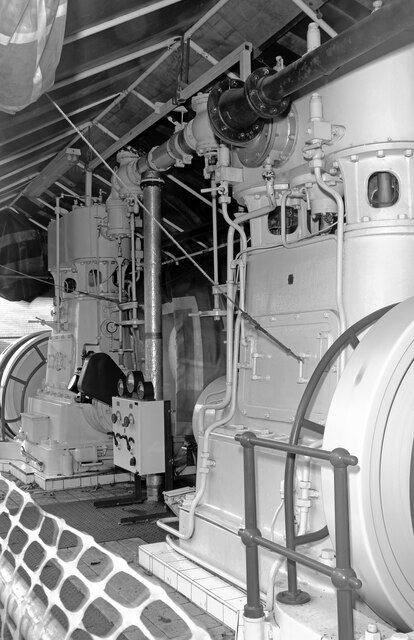
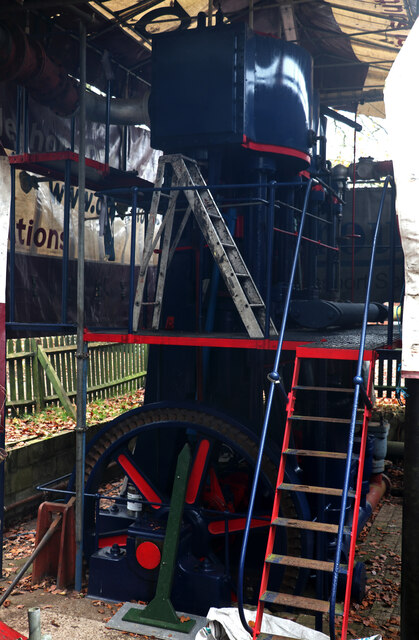
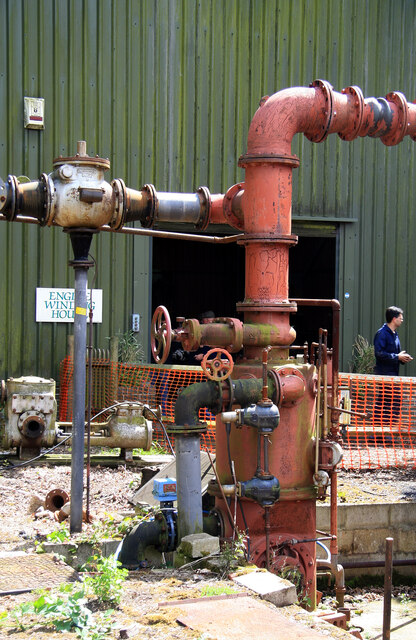
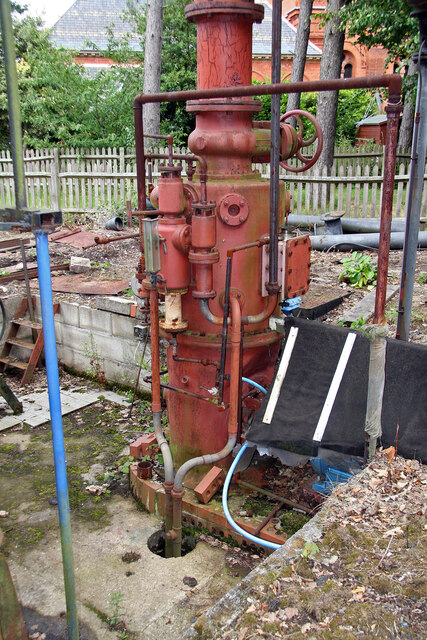
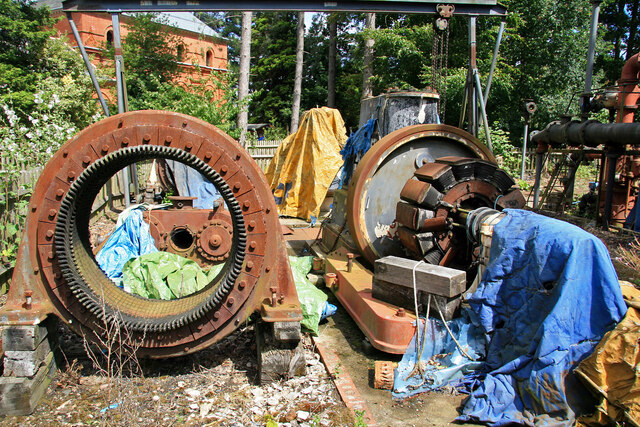
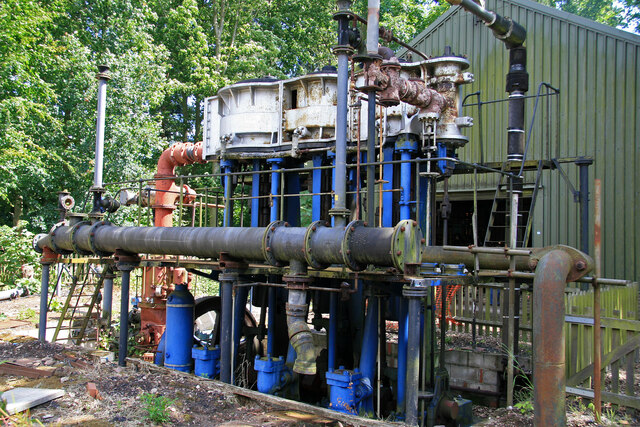
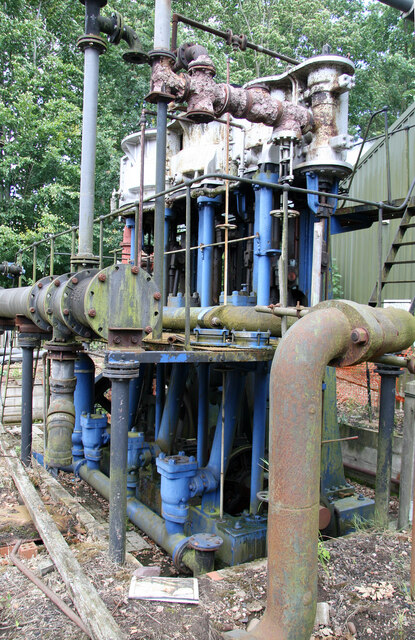
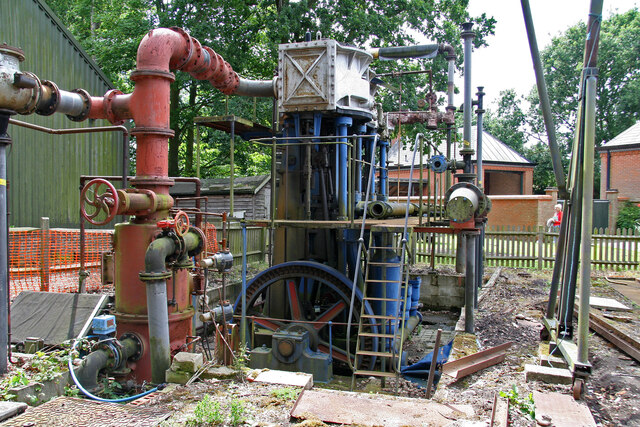
Blidworth Dale is located at Grid Ref: SK5753 (Lat: 53.071203, Lng: -1.1507209)
Administrative County: Nottinghamshire
District: Gedling
Police Authority: Nottinghamshire
What 3 Words
///hardens.encroach.digit. Near Ravenshead, Nottinghamshire
Nearby Locations
Related Wikis
Sherwood (UK Parliament constituency)
Sherwood is a constituency represented in the House of Commons of the UK Parliament since 2010 by Mark Spencer, a Conservative. The constituency takes...
Papplewick Pumping Station
Papplewick Pumping Station, situated in open agricultural land approximately 3 miles (4.8 km) by road from the Nottinghamshire village of Papplewick, was...
The Hutt
The Hutt is a public house located in the village of Ravenshead in Nottinghamshire, opposite Newstead Abbey. The pub was built on the site of The Royal...
Ravenshead
Ravenshead is a large village and civil parish in the Gedling district of Nottinghamshire, England. It borders Papplewick, Newstead Abbey and Blidworth...
Papplewick Hall
Papplewick Hall is a Grade I listed English country house in Papplewick, Nottinghamshire. == History == It was completed around 1787 for the Hon. Frederick...
Blidworth Bottoms
Blidworth Bottoms is a hamlet in Nottinghamshire, England. It is located between Blidworth and Ravenshead. Population details are included in the civil...
Papplewick
Papplewick is a village and civil parish in Nottinghamshire, England, 7.5 miles (12 km) north of Nottingham and 6 miles (10 km) south of Mansfield. It...
Newstead Abbey
Newstead Abbey, in Nottinghamshire, England, was formerly an Augustinian priory. Converted to a domestic home following the Dissolution of the Monasteries...
Nearby Amenities
Located within 500m of 53.071203,-1.1507209Have you been to Blidworth Dale?
Leave your review of Blidworth Dale below (or comments, questions and feedback).
